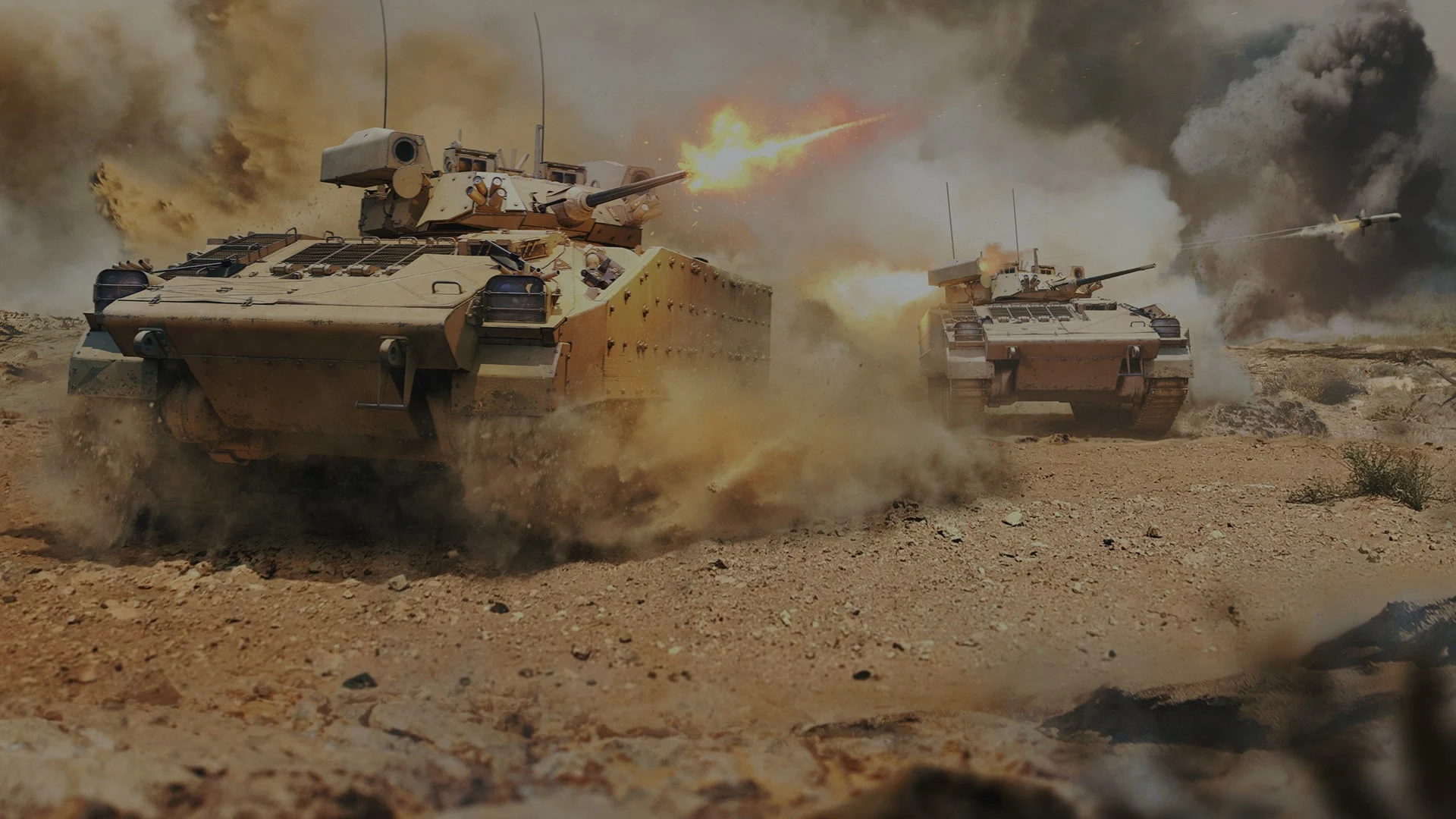
- For PC
- For MAC
- For Linux
- OS: Windows 7 SP1/8/10 (64 bit)
- Processor: Dual-Core 2.2 GHz
- Memory: 4GB
- Video Card: DirectX 10.1 level video card: AMD Radeon 77XX / NVIDIA GeForce GTX 660. The minimum supported resolution for the game is 720p.
- Network: Broadband Internet connection
- Hard Drive: 17 GB
- OS: Windows 10/11 (64 bit)
- Processor: Intel Core i5 or Ryzen 5 3600 and better
- Memory: 16 GB and more
- Video Card: DirectX 11 level video card or higher and drivers: Nvidia GeForce 1060 and higher, Radeon RX 570 and higher
- Network: Broadband Internet connection
- Hard Drive: 95 GB
- OS: Mac OS Big Sur 11.0 or newer
- Processor: Core i5, minimum 2.2GHz (Intel Xeon is not supported)
- Memory: 6 GB
- Video Card: Intel Iris Pro 5200 (Mac), or analog from AMD/Nvidia for Mac. Minimum supported resolution for the game is 720p with Metal support.
- Network: Broadband Internet connection
- Hard Drive: 17 GB
- OS: Mac OS Big Sur 11.0 or newer
- Processor: Core i7 (Intel Xeon is not supported)
- Memory: 8 GB
- Video Card: Radeon Vega II or higher with Metal support.
- Network: Broadband Internet connection
- Hard Drive: 95 GB
- OS: Most modern 64bit Linux distributions
- Processor: Dual-Core 2.4 GHz
- Memory: 4 GB
- Video Card: NVIDIA 660 with latest proprietary drivers (not older than 6 months) / similar AMD with latest proprietary drivers (not older than 6 months; the minimum supported resolution for the game is 720p) with Vulkan support.
- Network: Broadband Internet connection
- Hard Drive: 17 GB
- OS: Ubuntu 20.04 64bit
- Processor: Intel Core i7
- Memory: 16 GB
- Video Card: NVIDIA 1060 with latest proprietary drivers (not older than 6 months) / similar AMD (Radeon RX 570) with latest proprietary drivers (not older than 6 months) with Vulkan support.
- Network: Broadband Internet connection
- Hard Drive: 95 GB
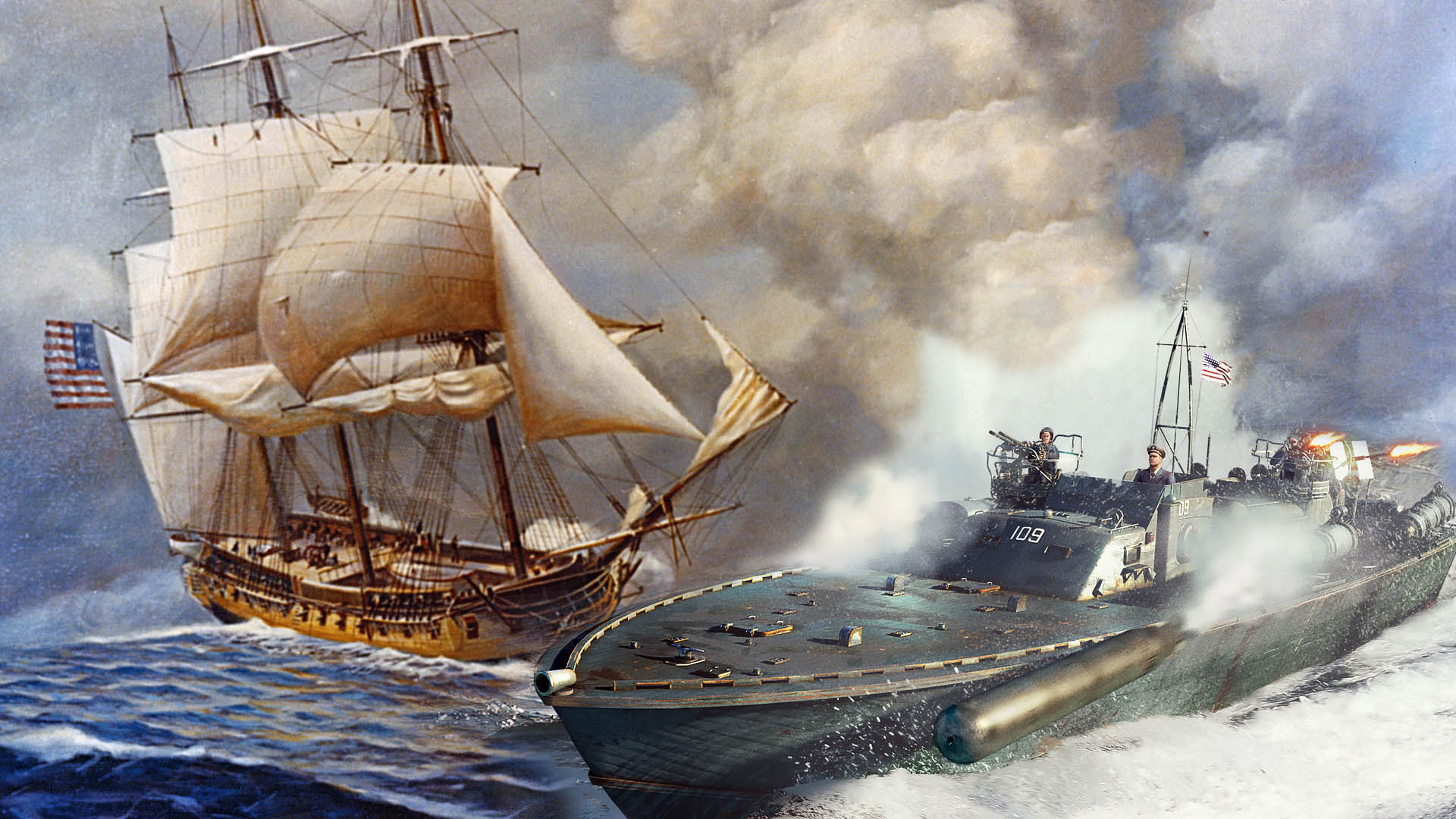
With the news of our Naval Forces being brought to War Thunder, we thought our players might like a little background info on how naval warfare began. Whilst many will draw a logical link between the first warships to the battleships of the early twentieth century, there are many more factors involved in naval warfare than simply being the largest ship with the greatest offensive capability. The vessels of War Thunder share many qualities, characteristics and vulnerabilities with the first warships and the fighting ships of the Golden Age of Sail. Responsive handling, close range combat and performance at the mercy of the elements forge a real link between the sailors of the world’s first navies, and their counterparts on the boats and small ships of the War Thunder era...
| Ancient Greek ship - a 30m long Pentekontor |
For as long as mankind has existed, man’s nature has led to armed conflict. And as long as man has taken craft to water, seabourne conflict in one form or another has not been far behind. Naval warfare has developed independently in civilizations across history, with the Mediterranean Sea largely acknowledged as the location of the first sea battles. In 1210 BC a sea battle between the fleet of King Suppiluliuma II and a Cypriot fleet is often cited as the first recorded naval battle in history. The first engagements at sea came well before the first purpose built warships - whether a vessel was used for trade, transport, piracy or patrolling, early ships in the Mediterranean were normally powered by both oars and sails, and featured an open deck layout. As actions between vessels became more common, rams were built into the prow of some vessels and purpose built fighting ships were becoming far more commonplace by the 8th Century BC. However, navigating such a vessel under oar power with enough speed and precision to impact an enemy vessel required a great degree of skill. Far more common were boarding actions, attacking ships with archers and, as vessels became more stable, attacking with catapults.
| A wooden model of a Greek Trireme |
During the time of the Ancient Greek Empire one of the world’s first decisive naval battles was fought at Salamis in 480 BC. An alliance of Greek City States put a combined fleet of just under 400 warships to sea to face a colossal Persian fleet of between 600 and 1200 vessels, depending on which source is to be considered the most accurate. In the ensuing battle, the outnumbered Greeks proved their superior seamanship by capturing or destroying upward of 200 enemy vessels. The era of improvising war at sea was over; fighting sailors who combined excellence at arms with professional ship handling were now coming to the fore.
By the time of the Battle of Salamis, the war fleets of the Mediterranean were largely made up of Triremes - a type of vessel whose name was derived from having three rows of oars on each side, each manned by a single sailor. From what historical evidence has been discovered, it is assumed that Triremes were generally just under 40(131ft) metres long, with a shallow draught of just 1 (3.2ft) metre. Just as the Trireme was itself a development of earlier, smaller ships it would be augmented and later replaced as shipbuilding advancements led to the larger Quadrireme and Quinquereme; ships built around four and five banks of oars respectively. The larger Quinquereme is thought to have been around 45(147 ft) meters long and displaced approximately 100 tonnes. Taking the Athenian model as a common example, these warships would be crewed by a Trierarch, or Captain, with the financial means to fund his ship and crew, a command crew made up of experienced sailors, oarsmen most commonly made up of men from the working classes who were carrying out their military service and marines made up of Hoplites, or citizen soldiers.
| Tunisian mosaic of a Roman trireme |
The balance of power in the Mediterranean shifted and the Roman Empire took a dominating position; a number of new innovations were developed in warships. Ballistae, a huge weapon with some similar design principles to the later crossbow, were now being used as deck weapons and large hooks were also being fired at enemy ships in an attempt to snag them, drag them in and force a boarding action. Roman fleets often favoured small, light Liburna over Triremes and their successors, a tactic which would be echoed by many fleets in centuries to come. The Liburna is reckoned to be between 30 and 35(98-114 ft) metres, again with a shallow draught of about 1(3.2 ft) metre. Marc Antony’s fleet at Actium (one of the largest armadas of the ancient world) comprised of Roman and Egyptian forces with over 500 ships including 230 war galleys was defeated by the much smaller forces of Octavian under the command of the experienced Admiral Agrippa. This defeat for Antony allowed Octavian to consolidate his power and heralded in the end of the Roman Republic. Ensuring that the forces of Pompeii, Antony, and others would not consolidate against him.
As Byzantine fleets came to prominence in the 5th Century AD, the next step in the evolution of the warship was the Dromon, which most likely saw the abandoning of the ram and the adopting of lateen, or triangular rigged sails. It was during this era that some of the most significant developments in war at sea shift north of the Mediterranean, and bring us up to Scandinavia and the waters around the British Isles.
| The Oseberg Longship |
The Vikings of the 8th to 11th Century AD were known for their iconic longships and skilled seamanship, which saw their sailors navigating relatively simple vessels from their Scandinavian homelands to as far afield as North Africa and North America. Far more common were voyages of exploration and raiding closer to home, with the coasts of Britain and France being regular targets. The Viking Longship shared some design features with earlier vessels from the Mediterranean, such as a shallow draught and the combination of a single sail and oars for propulsion. These narrow, fast ships could be classified into a number of types, ranging from the 23(75 ft) metre long Karvi which was mainly used for fishing and trade, up to the 30(98 ft) metre long Skeid whose size, allowing for a crew of 70-80 men, made it ideal for raiding parties.
The English response was to build larger ships to meet the Vikings at sea - historical sources cite King Alfred as designing his own ships, up to twice the length of those of the Viking invaders. It was with these ships that two of the greatest seafaring civilizations of Northern Europe would clash in the mid to late 9th Century and whilst these engagements were of a much smaller scale than earlier sea battles in the Mediterranean, they saw the birth of the Royal Navy under King Alfred the Great.
| Model of Zheng He's treasure ship |
Naval technology and strength was not merely focused on the European Nation states. By the 15th Century, The Ming Dynasty in China, under the command of the eunuch Admiral Zheng He, undertook seven grand voyages in and around the Indian Ocean with what was then the most powerful Navy the world had ever seen. Looking to secure important trade routes for the importation of raw materials and luxury goods, the outward looking Ming Dynasty sought to expand China’s influence in the region and beyond. In this period the Chinese developed advanced technology a thousand years ahead of Europe. The grand fleet consisted of upwards of 317 vessels including: three and four mast sailing ships, treasure ships that held a massive amount of cargo but were ineffective for any combat with nine masts and 12 sails. Conducting expeditions into Southeast Asia, India, the Horn of Africa, and the Middle East. The Chinese Fleet of the Ming period reached a scope of reach never before seen. Internal struggles in the Ming Dynasty would see the end to this fleet as the costs to sail and maintain such a force was too great a cost. The Chinese would never again construct such a powerful fleet.
Mark Barber & Clayton Remy

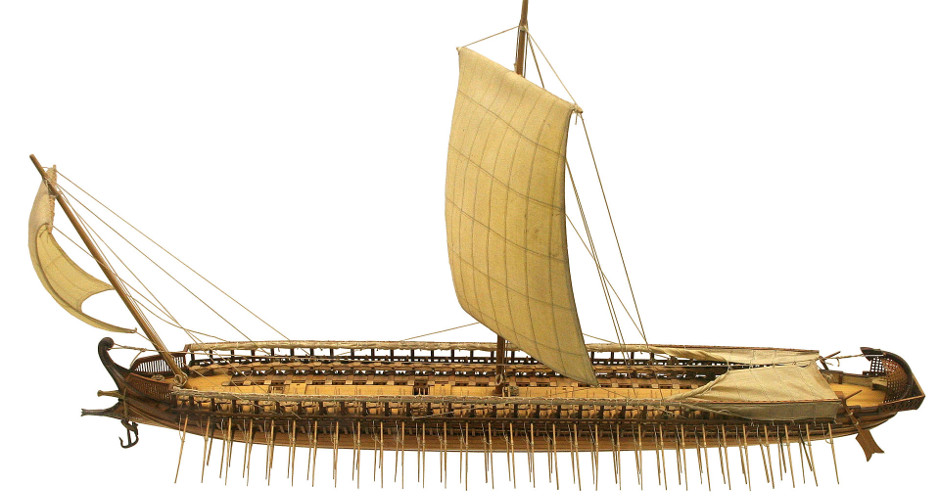
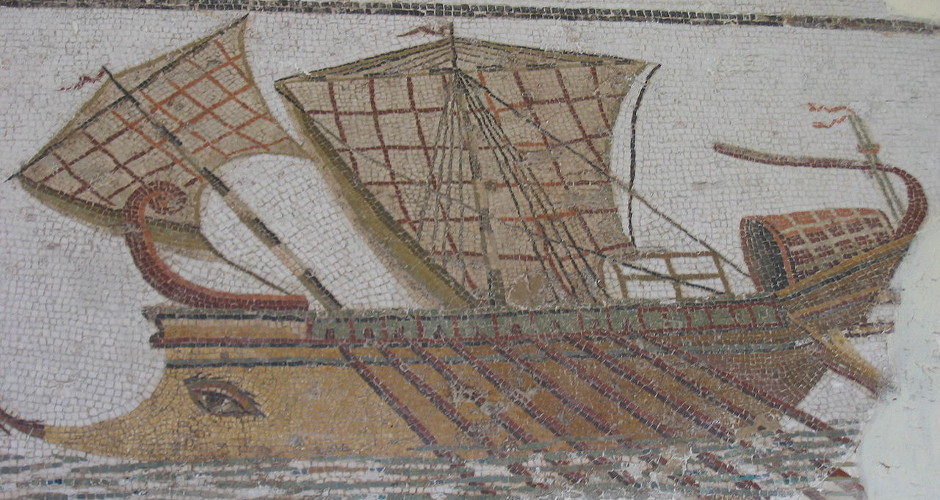
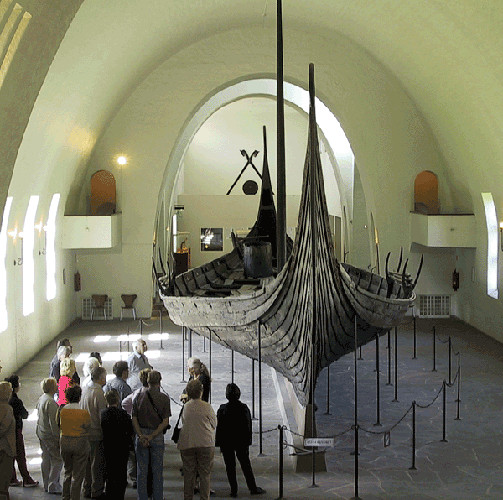
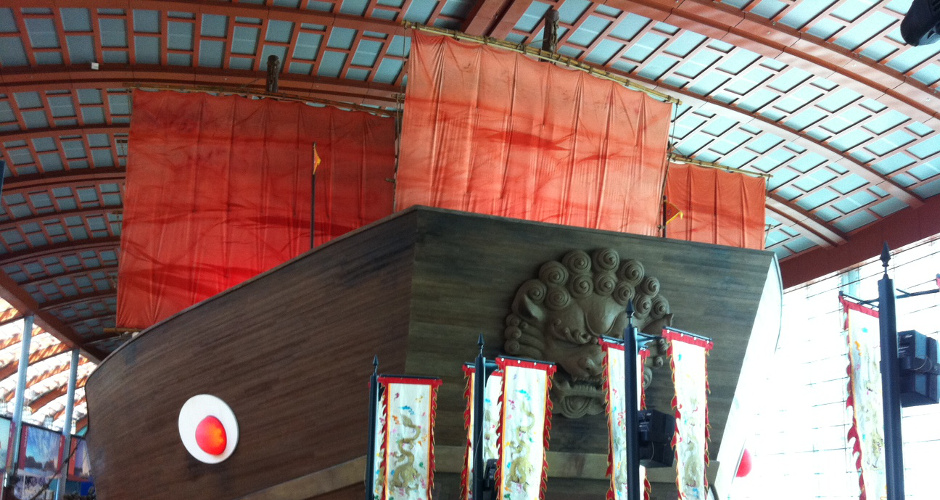




Comments (113)
Your last paragraph discusses the Chinese in the 15th century "In this period the Chinese developed advanced technology a thousand years ahead of Europe." Does this mean that they had 25th century technology?
Cbt is coming soon™ o.0
:)
Stona_WT, How soon is :) I can't explain why but I'm more excited about boats than I was when GF started
\ o /
Nice
Will large ship battle come during CBT?
Almost certainly not. I suspect they are going to work their way up from patrol boats and river boats, then frigates, and destroyers/escort destroyers are a maybe. Depending on how destroyer implementation goes (or whether it turns out to be feasible to even try) light cruisers would be next. Then heavy cruisers, and so on.
And probably once they get to destroyers, that will be OBT.
So will the CBT come in a 1.63 mini-patch or in 1.65?
It will come Soon™ - that's all I can tell you :)
Stona_WT, :'( Wonder which Soon™ this is... Soon™ as in months or Soon™ as in next week :P We shall see...
make one about boats :D
The history of naval battles - Part 1 ?I like history but ... GRRRRRrrrrrr.... where the ships??????
I think we mentioned many of them in article, right? :P If you have War Thunder on mind, right now you can sink many of them in Air Battles ;) If you want to control them, you need to wait till CBT. I hope you already got a pack with access to CBT? ;)
Stona_WT, i have the Navy CBT pack from the first day ;) ready for Surf!!! :D
郑和七下西洋,扬我国威。船舶航海技术技术位居世界领先水平,欧洲哥伦布之流根本不能望其项背
可惜技术虽先进,郑和下西洋徒耗国力,明朝中后期倭寇海患却久不能治,沿海屡遭掳掠促成了后来的闭关锁国。哥伦布麦哲伦达伽马虽无华丽高大的宝船,却凭借探索精神给欧洲带来了无穷的财富,为工业革命打下基础。几百年后,天朝的船舶航海技术优势早就不复存在了。 Though equiped with advanced technology,Zheng He's grand voyages consumed quantities of wealth and labors.Then In The Ming Dynasty pirates infested for a long time and spoliated coastal cities a lot which lead to the isolation of China.By contarst,Colu...
Can I be Jack Sparrow?????
But I want to be Jack Sparrow :(
Stona_WT, NO IM JACK SPARROW !